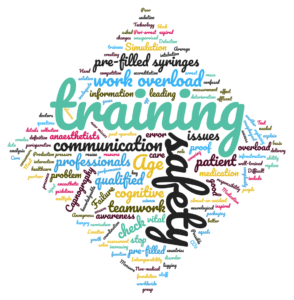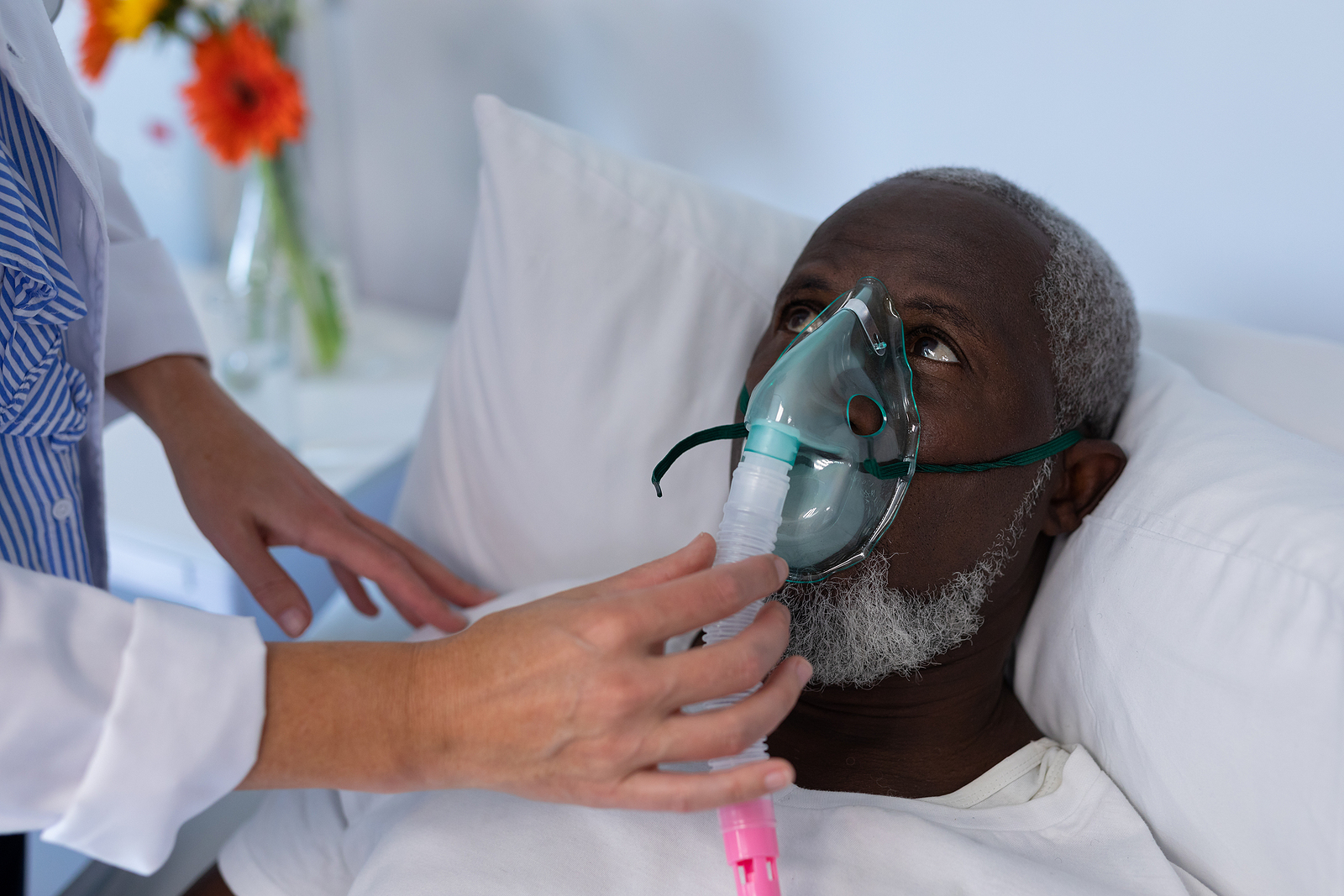Newsletter 2021
Newsletter January 2021: Important and urgent issues in perioperative patient safety: fourth perspective of a patient safety expert panel
Daniel Arnal, Johannes Wacker
A freely flowing conversation within a group of experienced patient safety experts offers unique opportunities to discuss ongoing projects and concerns of participants and to highlight current trends in patient safety. Since Euroanaesthesia 2016 in London, the ESAIC Patient Safety and Quality Committee (PSQC) has been organising the Patient Safety Expert Meeting, a world-café-style invitational and moderated group discussion with the purpose of exploring the most important and urgent issues in perioperative safety. Summaries of previous editions have been published in the ESA newsletter online1-3. This summary briefly reflects the main ideas discussed during the face-to-face meeting held in Vienna during Euroanaesthesia 2019.
The two-hour debate was recorded, and the “rules of the game” were agreed upon at the beginning of the meeting. They consisted of three generic questions to be addressed. The first one, – what are the most important issues in patient safety today? – was discussed during the first hour of the meeting starting with a short thought shared by all participants and followed by open discussion. After a brief summary and a break, the panellists would continue with two other open questions.
The panel quickly compiled an initial eclectic list of important issues in patient safety that mixed specific clinical concerns such as medication and prefilled syringes4, perioperative cognitive neurological disorders, 5 early detections of deteriorating patients and prevention of “failure to rescue”6, or peri-arrest oesophageal intubation6 to broader problems such as work overload and production pressure, communication, teamwork and care coordination. Above all the topics, one was repeated the most: safety training. To illustrate its relevance, the transcription of the conversation was introduced in a word cloud generator (https://www.nubedepalabras.es) and following manual filtering of non-relevant words we obtained the word cloud shown in figure 1. Training, safety, age, communication, check, cognitive issues, patient, professionals and teamwork were the most repeated concepts.

Figure 1. Word cloud resulting from the transcription of the discussion following What are the most important issues in patient safety today?
The second and third questions – what solutions are possible for these problems – and – what can we do fast? – followed again with different proposals from enforcing EBA recommendations8 through monitoring and checking compliance or focusing on how to implement the guidelines, to the application of tools for detecting and preventing medication interactions and errors. Again, the debate spontaneously converged around patient safety training proposals: from integrating patient safety into simulation training (with mentions of specific needs such as the introduction of pauses in the middle of a simulated operation to allow the group to review their work, or empowering fellows by training them to speak up if needed), to the need for a perioperative multidisciplinary patient safety curriculum aligned with the WHO patient safety education curriculum9 and the creation of educational and recertification programs using new technologies such as online simulation10.
Overall, this informal expert panel serves for inspiration to decide where to focus our patient safety actions. As usual, many topics overlapped during the moderated debate and many were discussed but have not been exhaustively described in this report. The 2019 Patient Safety Expert Meeting discussed freely our concerns before the COVID-19 outbreak. The lack and need for patient safety training were acknowledged and several proposals for solutions were discussed. We may live in a different world one year later, but those needs are still there. Let’s keep them in our strategy.
Participants: Guy Haller, Beverly Philip, Sven Staender, Matt Weinger, Frederic Martin, Francois Jaulin, Ariana Longley, David Borshoff, Josef Wichelewski, Gabriel M. Gurman, Jason Slagle, James Philip, Maria Lema Tome, Phillipa Hore, Richard Urman, David Whitaker, Ioana Grigoras, William Harrop-Griffiths, Andreas Sandner Kiesling. Moderation: Daniel Arnal, Johannes Wacker. Organisation and transcription: Alex Rawlings, Raffaella Donadio.
References
- Wacker J. ESAIC Newsletter. 2017(68). Available from https://newsletter.esahq.org/important-and-urgent-issues-in-perioperative-patient-safety-views-of-an-expert-panel/ (Accessed date 28 October 2020)
- Wacker J, Staender S.. ESAIC Newsletter. 2018(75). Available from https://newsletter.esahq.org/important-urgent-issues-perioperative-patient-safety-second-expert-panel-perspective/ (Accessed date 28 October 2020)
- Johannes Wacker, Mirka Cikkelova, Sven Staender. ESAIC Newsletter. 2019 (December). Available from https://www.esaic.org/esa-news/third-expert-panel-perspective-on-important-and-urgent-issues-in-perioperative-patient-safety/ (Accessed date 28 October 2020)
- Yang Y, Rivera AJ, Fortier CR, Abernathy JH 3rd.. Anesthesiology. 2016 Apr;124(4):795-803. doi: 10.1097/ALN.0000000000001040. PMID: 26845139.
- Austin CA, O’Gorman T, Stern E, Emmett D, Stürmer T, Carson S, Busby-Whitehead J. JAMA Surg. 2019 Apr 1;154(4):328-334. doi: 10.1001/jamasurg.2018.5093. PMID: 30649138; PMCID: PMC6484789.
- Portuondo JI, Shah SR, Singh H, Massarweh NN. Anesthesiology. 2019;131(2):426-437.
- Whitaker DK, Benson JP.. 2016 Aug;29(4):485-92. doi: 10.1097/ACO.0000000000000355. PMID: 27218421.
- EBA European Patient Safety Recommendations. Available from https://www.eba-uems.eu/PS/PS.html (Accessed date 28 October 2020)
- WHO. Multi-professional Patient Safety Curriculum Guide (2011). Available from https://www.who.int/patientsafety/education/mp_curriculum_guide/en/ (Accessed date 28 October 2020)
- 1 ASA. Simulation Education. Available from https://www.asahq.org/education-and-career/educational-and-cme-offerings/simulation-education (Accessed date 28 October 2020)
Read More of our Monthly newsletter.
Read More of our special newsletter covering our virtual congress.
Visit our COVID-19 Resource Hub for other news and resources.











